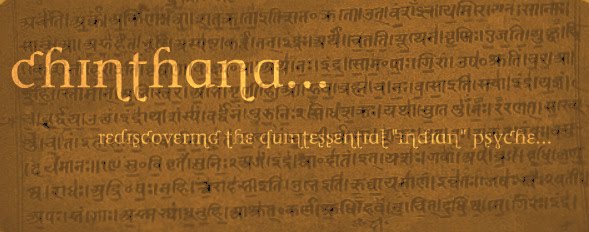I have already mentioned about chitrasen pasayat, book- Tibe, caste and folk culture. chitrasen pasayat research on tribals located in gainpura, kainsar, sambulpur town and koshal of western orissa. Orissa only been selected because of the richness of folk and tribal culture. based on the primary and secondary sources he has done a detail research, from the sociohistory to modern changes in the sambulpur town. He as done a field work, collected information about the region and the culture. some of the field work and secondary sources explains that sambulpur town as separate history where it was under chauhan rulers for 500 years. it is also distributed across two states madhya pradesh and orissa, where it is a indication of culturocide. The history says that sambalpuris are from western orissa and had cultural conflict. The social, history, political and cultural aspects of sambalpuris had been dramatic and drastic.chitrasenas field work focused on the rituals and costomes, where he collected informationa about three festivals, nuakhai, daikhai, and karma. In coming up posts i would discuss on this rituals and festivals.
kiran kumar ctl
Tuesday, March 30, 2010
Subscribe to:
Post Comments (Atom)

2 comments:
Someone once mentioned his book about the tribal vs non-tribal divide... Not sure what exactly it's called... Have you been able to get a hold of that book, Kiran?
Oh, never mind... I just Googled it, and found this on Open Library: Tribal Non-Tribal Divide
Myth and Reality
Chitrasen Pasayat
Published 2007 by Sarmistha Barik, 152-Vijay Vihar, Nuagaon Road, PO: Sishupalgarh, Bhubaneswar-751002 in Bhubaneswar .
Written in English.
About the Book
This book is a scholarly and first ever attempt to reorient the discourse on the treasure trove of folk literature, oral narratives and folklores etc. as an unworthy while loose ends of subaltern culture to building blocks of genes, forming the socio-cultural history of ancient India. The mutated genes of Great Civilizational Tradition/Hindu Tradition and the ethnic tradition are dissected with all the precision and care driven study through the institutionally rooted shrines, deities and the folk tales, myths and tradition that surround them as that of egg white to yolk for centuries together to establish the underlying linear progression of anthropocentric values and civilization. When the oneness of cultural progression is established - the conjured up dualism between tribal and non-tribal ethos and values, the artificial division of superior and inferior culture get dissolved. The author of this book uses the folkloristic mechanism in his analysis to explain how Brahminical domination and all its ruse and subterfuge became instrumental to gobble up the Little Traditions and thereby make little society as vassal to their mainstream culture. They do not like to integrate them ensuring their exclusive identity. On the other hand, they use all the weapons of dominant culture to eliminate the Little Tradition, though unsuccessfully. The author has pointedly stated the long lost fact of tribal - non-tribal continuum and traces the influence of tribal culture in shaping the Hindu values and ethos contrary to the view of exclusiveness of two cultures. The author uses the hub of ancient ethnic culture of West Orissa and the later evolve of Hindu culture to prove his point in the essays of this book.
Post a Comment